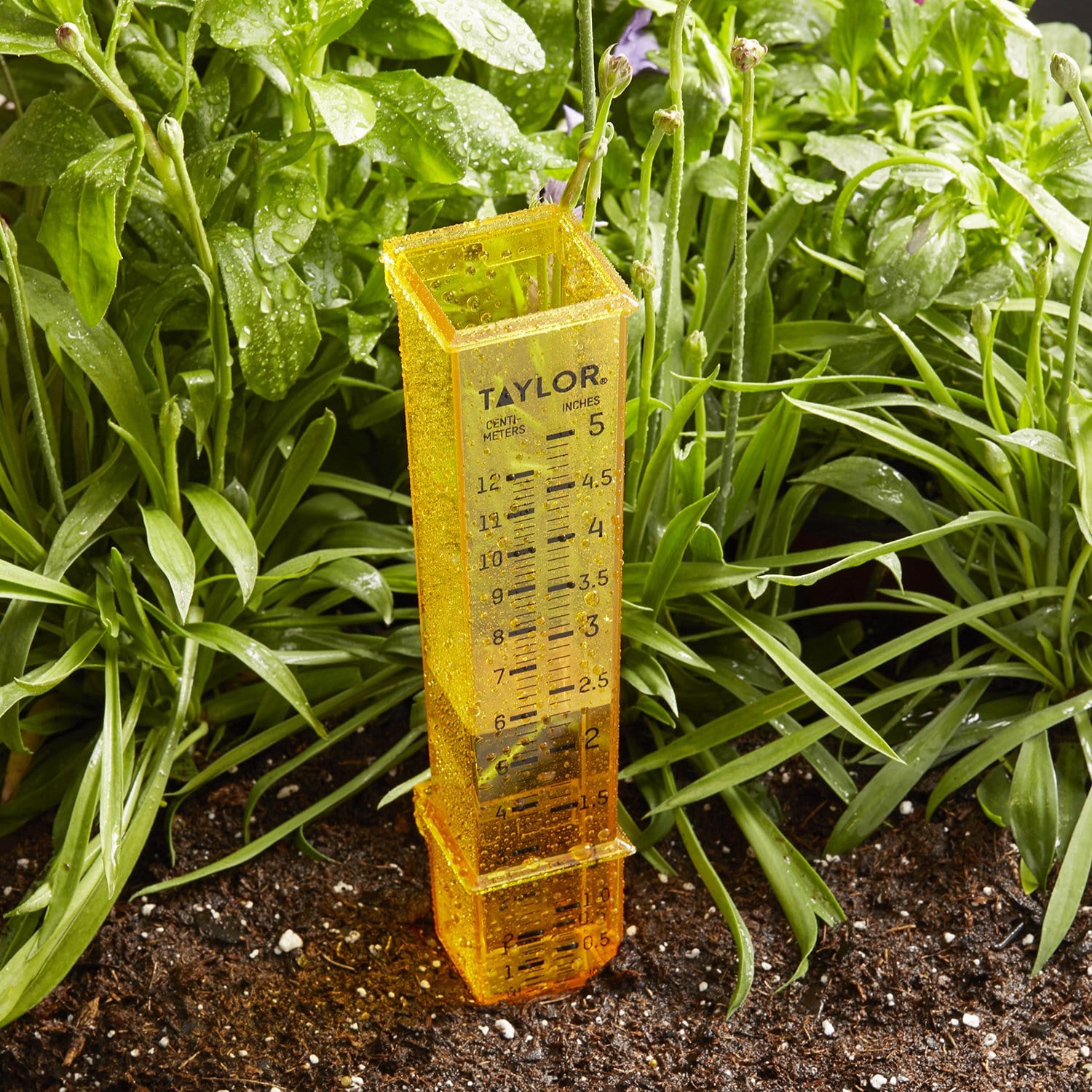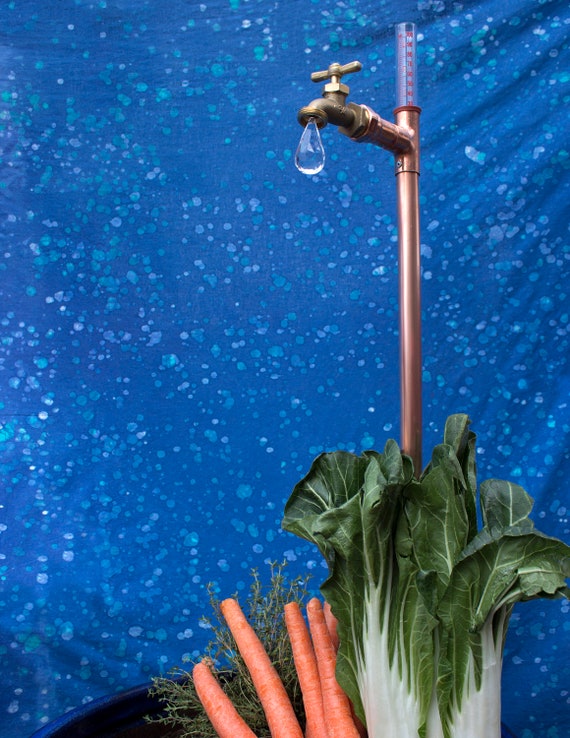The Rain Gauge: A Comprehensive Guide to Accurate Weather Condition Measurement
The Rain Gauge: A Comprehensive Guide to Accurate Weather Condition Measurement
Blog Article
Exactly How to Select the Right Rain Scale for Accurate Rain Information
Exact rains data is critical for different markets and activities, such as agriculture, water, and meteorology source management. To obtain reliable dimensions, it is crucial to choose the best rain scale. This guide aims to provide useful insights into the option process, permitting you to make enlightened decisions. Taking into consideration factors such as location, kind, and accuracy of the rainfall scale will help ensure specific information collection. Additionally, comprehending the upkeep and calibration procedures will certainly contribute to the long life and dependability of your rain scale. By following these guidelines, you can make certain exact rains information, allowing far better decision-making and preparation for numerous applications.
Importance of Picking the Right Rain Gauge
The importance of selecting the best rain scale hinges on obtaining dependable and precise rains data for accurate meteorological evaluation. Rainfall information is important for a wide variety of applications, consisting of weather forecasting, hydrological modeling, and climate research study. Undependable or imprecise information can cause incorrect verdicts and flawed decision-making procedures.

Secondly, the accuracy and accuracy of the rainfall scale are critical. The scale should be able to gauge rains with high accuracy, catching even little quantities of rainfall properly.
In addition, the location and installation of the rain scale are critical factors to consider. It needs to be positioned in an open area, far from obstructions that might affect rains dimensions. The gauge should be placed at a proper height and angle to prevent spilling and make certain correct catchment of rain.
Aspects to Think About When Selecting a Rain Scale
When picking a rainfall scale, there are a number of vital aspects to consider. There are various types readily available, including standard rainfall determines, tipping bucket rain gauges, and evaluating rain gauges.
An additional aspect to consider is the material of the rainfall gauge. Rain gauges can be made of numerous materials, such as plastic, glass, or metal. The material selected need to be durable and immune to climate condition, making sure that the rainfall scale will withstand the elements and supply exact dimensions in time.
Precision is additionally a critical aspect to take into consideration. Look for rainfall assesses that have been calibrated and tested for precision. Attributes such as anti-splash rings and funnels can additionally boost the precision of the dimensions.

Finally, think about the environment and environment in which the rainfall gauge will certainly be used. Different rain gauges appropriate for different climates, so it is essential to choose one that is suitable for the conditions in your location.
Various Kinds of Rain Evaluates Offered
To even more discover the aspects to consider when choosing a rainfall scale, it is very important to comprehend the different types of rain assesses readily available. There are a number of kinds of rain assesses, each with its very own benefits and disadvantages. The most typical kind is the common rainfall scale, likewise referred to as the round rainfall scale. This kind contains a straight-sided cylindrical container with a funnel-shaped top. It is simple to utilize and offers precise measurements of rains.
An additional sort of rain scale is the tipping pail rainfall gauge. This scale uses a seesaw-like system to accumulate and measure rains. As the rainfall falls under the gauge, it fills out one side of the bucket, triggering it to tip and clear the water. The variety of tips is counted online to establish the quantity of rainfall. Tipping bucket rain gauges are prominent for their precision and capacity to determine rainfall strength.
A third sort of rainfall gauge is the weighing rain scale. This gauge uses an equilibrium system to measure the weight of the accumulated rains. As the rain drops into the scale, it is gathered in a container connected to an equilibrium. The weight of the water is gauged, and the rains amount is computed based on the weight. Weighing rainfall assesses are highly accurate but can be more costly and call for routine upkeep.
Finally, there are likewise remote rain assesses that usage advanced innovation to measure rainfall useful content (The Rain Gauge). These gauges usage sensors and transmitters to send out information wirelessly to a central device. Remote rainfall gauges are hassle-free for keeping track of rains in hard-to-reach locations or for large information collection
Just How to Identify the Precision of a Rain Scale
One way to evaluate the precision of a rain gauge is by performing regular calibration measurements. Calibration includes comparing the readings of a rain scale to a typical measurement, such as a certified rainfall scale or a weather condition station with high accuracy. By contrasting the measurements, any type of discrepancies or mistakes in the rain gauge can be identified and represented.
To conduct a calibration measurement, beginning by accumulating rains data from both the rainfall gauge and the common dimension tool over a particular amount of time, such as a month. Contrast the readings and calculate the distinction between them. This distinction is referred to as the calibration mistake.
It is essential to note that calibration measurements must be done regularly, as ecological aspects, such as debris, wind, and temperature, can impact the accuracy of the rain gauge gradually. By conducting normal calibrations, any changes in the accuracy of the rain gauge can be found and adjustments can be made as necessary.
In enhancement to calibration, it is also recommended to clean and keep the rainfall scale regularly to ensure its accuracy. Eliminate any type of particles or obstructions that may affect the accuracy of the measurements, and inspect for any indications of damages or wear that might need repair services or substitute.
Tips for Preserving and Calibrating Your Rain Gauge
Routine upkeep and calibration are vital for ensuring the accuracy and reliability of your rainfall gauge in measuring rainfall information (The Rain Gauge). By complying with a couple of easy suggestions, you can guarantee that your rainfall gauge is properly kept and adjusted
First of all, it is important to clean your rain scale frequently to stop any kind of particles or dust from blocking the rainfall collection device. Make use of a moderate cleaning agent and a soft brush to delicately cleanse the inside and beyond the scale. Wash it thoroughly with tidy water and enable it to dry completely prior to re-installing it.
Secondly, it is suggested to adjust your rain gauge at the very least annually. Calibration involves contrasting the measurements of your rain gauge with those of a trusted and exact referral gauge. This will aid you recognize and correct any kind of possible errors in your rain gauge's dimensions.
To calibrate your rainfall scale, collect a recognized volume of water using a gauging container and compare it with the measurements videotaped by your rain scale. Change the analyses as necessary to make certain accuracy.

Conclusion
To conclude, choosing the best rainfall scale is crucial for obtaining accurate rains information. Variables such as budget plan, function, and area need to be taken into consideration when selecting a rainfall scale. There are numerous sorts of site rain gauges available, each with their very own benefits and limitations. It is necessary to regularly keep and adjust your rainfall scale to ensure its accuracy. By following these standards, accurate rains my sources data can be acquired for different applications.
There are various kinds offered, consisting of common rain evaluates, tipping bucket rainfall evaluates, and considering rain determines.To better explore the factors to consider when picking a rain gauge, it is vital to recognize the various types of rainfall evaluates available. The most usual kind is the typical rainfall gauge, likewise understood as the cylindrical rain gauge.An additional type of rainfall gauge is the tipping container rain scale. Calibration entails comparing the readings of a rainfall gauge to a standard measurement, such as a licensed rain scale or a weather condition terminal with high accuracy.
Report this page